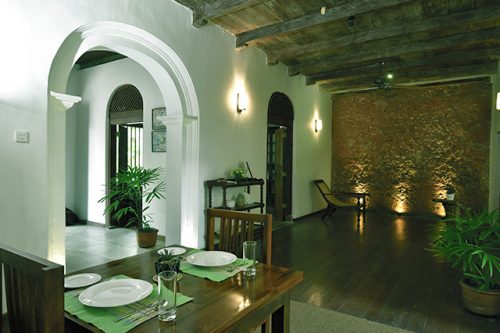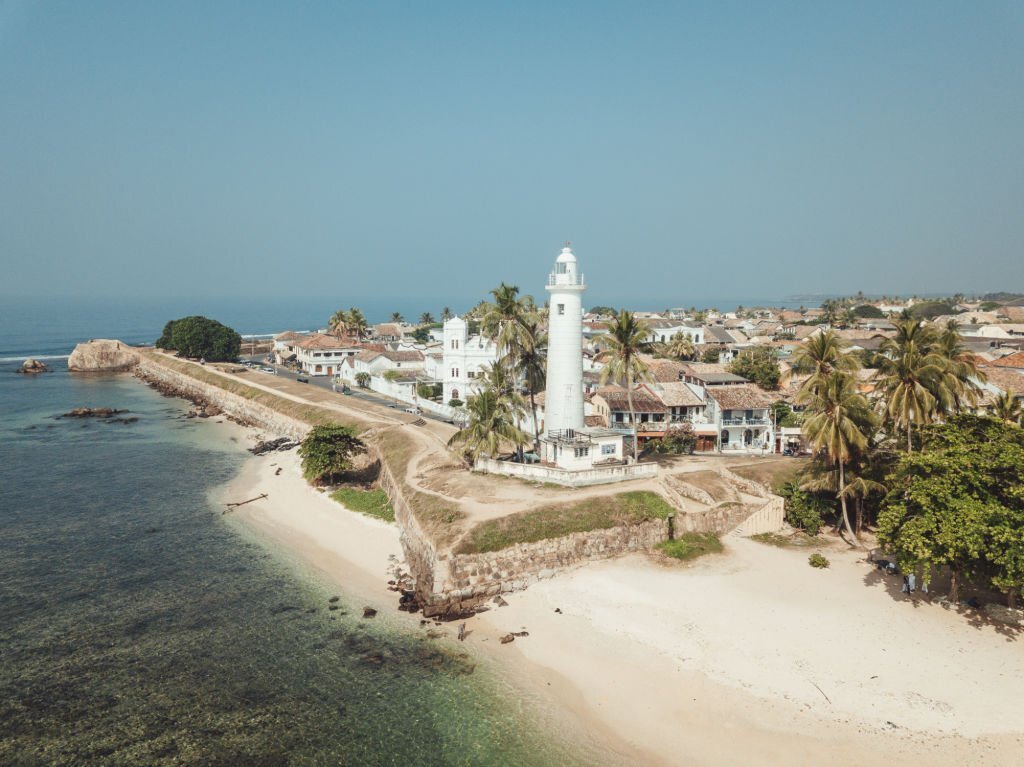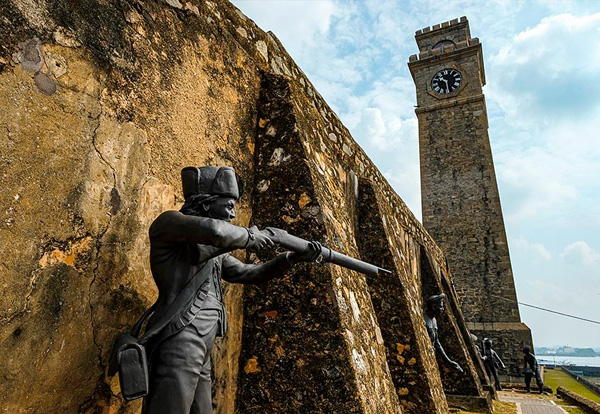






Nestled within the timeless embrace of Galle Fort, this Villa boasts a history that spans over four centuries.
Today, it extends a gracious welcome to guests hailing from distant lands and those from nearby, inviting them to bask in the opulence of luxury and partake in the uniqueness of its ambience.
With a two-story structure, the Villa comprises one exquisite super deluxe room and five cosy deluxe rooms, each adorned with en-suite facilities that seamlessly blend modernity with classic charm. The space is artfully arranged, featuring sumptuous bed linen and vintage furniture.
Villa 400 is undoubtedly a destination that beckons exploration, offering a tranquil atmosphere, an enigmatic past, and opulent accommodation.
It is truly a haven for repose, a sanctuary to unwind, and an indulgence to savour.
Thoughtfully adorned with vintage furniture and meticulously designed, our luxury suite, deluxe rooms, and standard rooms offer the epitome of comfort paired with colonial elegance.
Each space exudes a cosy ambience in harmony with the building’s architectural splendour and distinctive style.




Nestled along the enchanting bay of Galle, on the serene southwestern coast of Sri Lanka, the Galle Fort stands as an enduring emblem of our nation’s profound cultural and historical legacy. For countless centuries, Galle has served as a pivotal gateway to Sri Lanka’s global trade, etching its presence in history books as a bustling regional epicentre dating back to 150 CE.
As a testament to its significance, Ptolemy’s ancient map highlighted Galle as one of the world’s most vibrant ports of its time—a pivotal player that left an indelible mark on the annals of history.
Over the ages, the Greeks, Romans, and intrepid Arab traders set their sights on this coveted haven, drawn by the wealth and treasures our nation had to offer.
In 1541, the Portuguese etched their initial footprint on the shores of Sri Lanka by erecting the foundations of the Galle Fort. The remnants of that era, including the echoes of the Franciscan chapel they raised, still linger as evocative ruins within the fort’s embrace.
In a mere blink of history’s eye, in 1640, the Dutch seized control of the fortress, initiating a transformative journey that would shape the fort and its architectural splendour as we recognize it today—a stunning testament to Dutch craftsmanship and design.
